In a surprising and emotional discovery, previously unseen photographs of the aftermath of the Titanic disaster have come to light after being hidden away for nearly a century. These black-and-white images provide an intimate and haunting glimpse into the tragic events that unfolded on April 15, 1912. Captured by John and Nelle Snyder, a newlywed couple celebrating their honeymoon aboard the Titanic, these photographs have been kept within the Snyder family for 99 years. Alongside these images, letters written on Titanic stationery have also been revealed. These items are expected to fetch over $50,000 at auction, offering a rare and poignant look into one of history’s most infamous maritime tragedies.
The Discovery of the Photographs
The photographs were discovered by the descendants of John and Nelle Snyder, who had carefully preserved them along with other memorabilia from their ill-fated voyage. The Snyder family decided to share these images with the world, recognizing their historical significance. These photos, which were taken just after the disaster, provide a unique perspective on the events that followed the sinking of the Titanic.
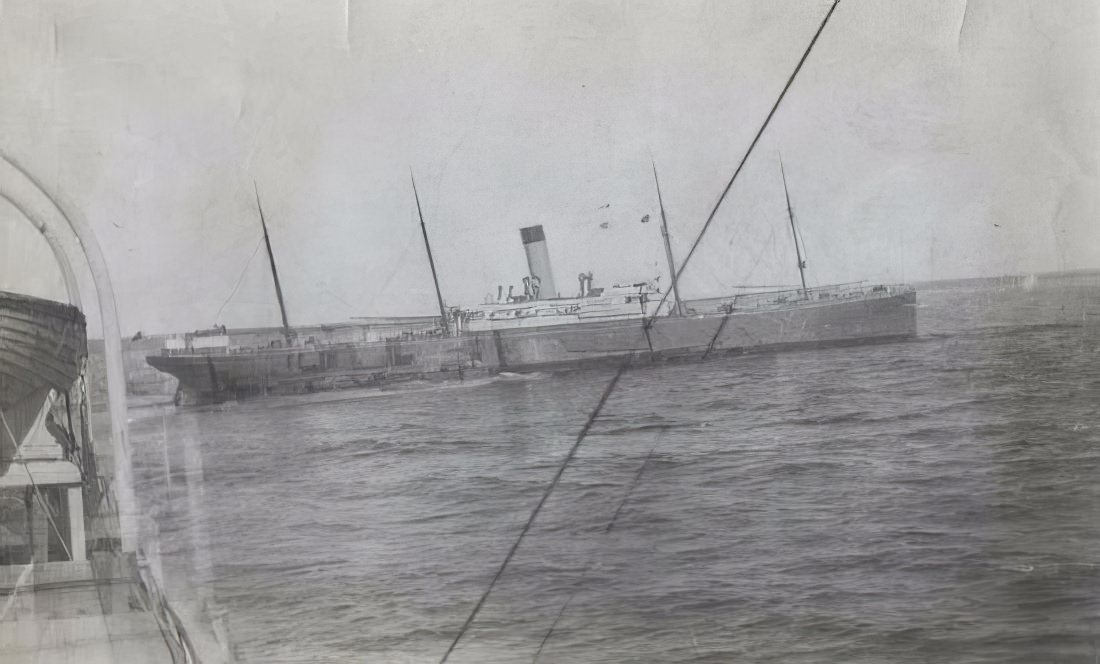
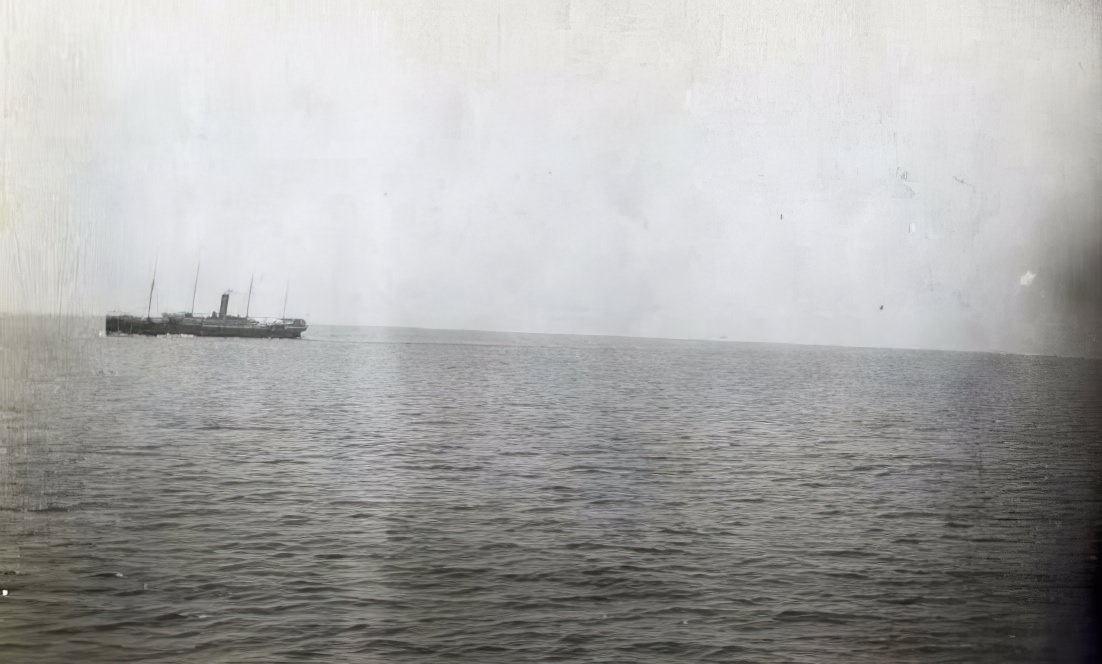
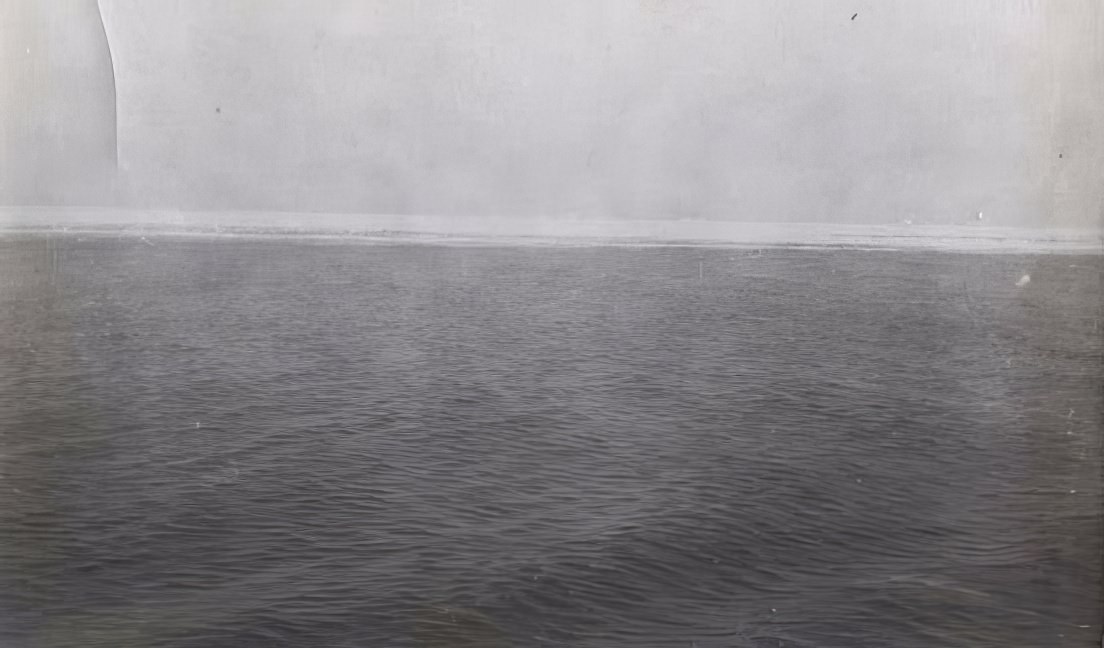
The Iceberg
One of the most striking images in the collection shows an iceberg at the site of the tragedy. This iceberg may even be the one that the Titanic struck, leading to the disaster. The photograph captures the massive, silent presence of the iceberg, standing as a stark reminder of the natural force that caused such immense human suffering. The sheer size and isolation of the iceberg in the photograph convey the ominous circumstances that surrounded the Titanic’s collision and the subsequent sinking.
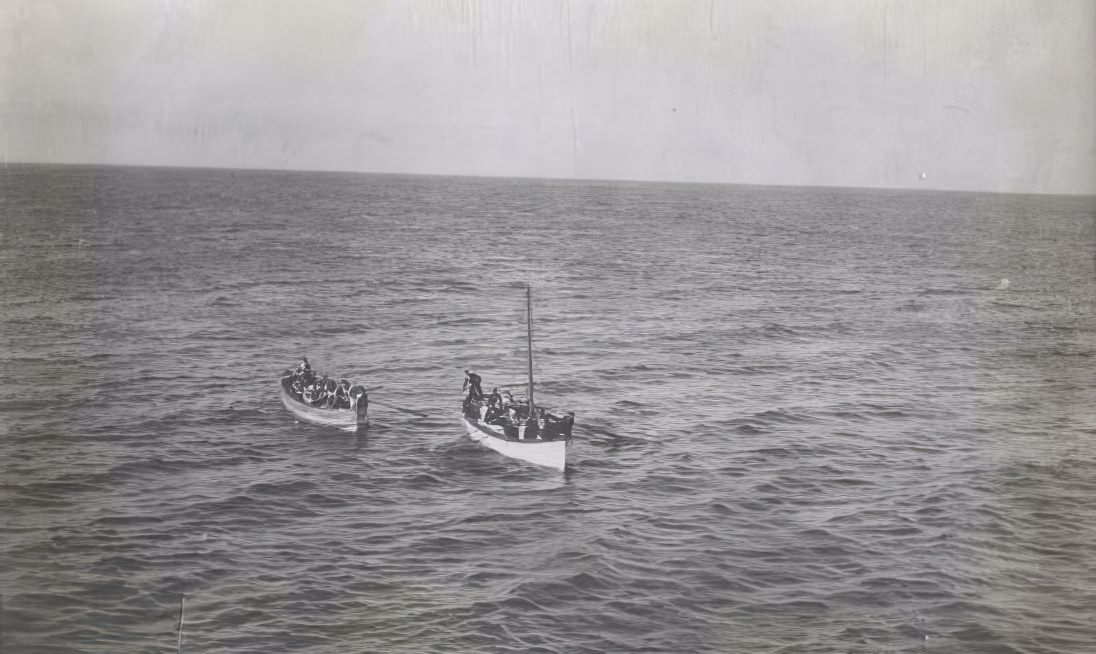
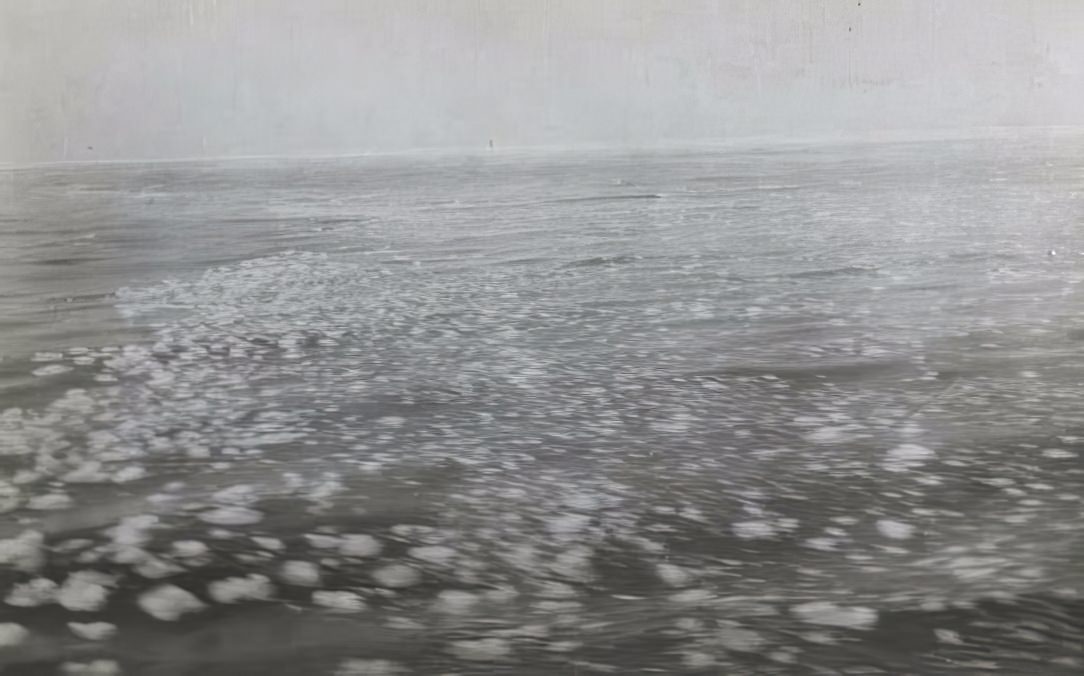
Another poignant image from the collection shows two lifeboats packed full of survivors rowing for safety. This photograph encapsulates the desperation and hope experienced by those who made it off the sinking ship. The lifeboats are filled with men, women, and children, their faces marked by fear and exhaustion. The image captures a moment of struggle and survival, as these individuals rowed towards an uncertain future.
The Story of John and Nelle Snyder
John and Nelle Snyder were among the fortunate survivors of the Titanic disaster. As newlyweds, they had boarded the luxury liner for what was supposed to be a joyous celebration of their marriage. When the ship struck the iceberg and began to sink, they found themselves thrust into a life-or-death situation. Their photographs and letters provide a personal glimpse into their experience.
The Snyders managed to secure a place in a lifeboat and were eventually rescued. Their photographs were taken shortly after the disaster, capturing the immediate aftermath and their own survival. The letters written by the Snyders on Titanic stationery describe their experiences in vivid detail, offering firsthand accounts of the chaos and heroism they witnessed.
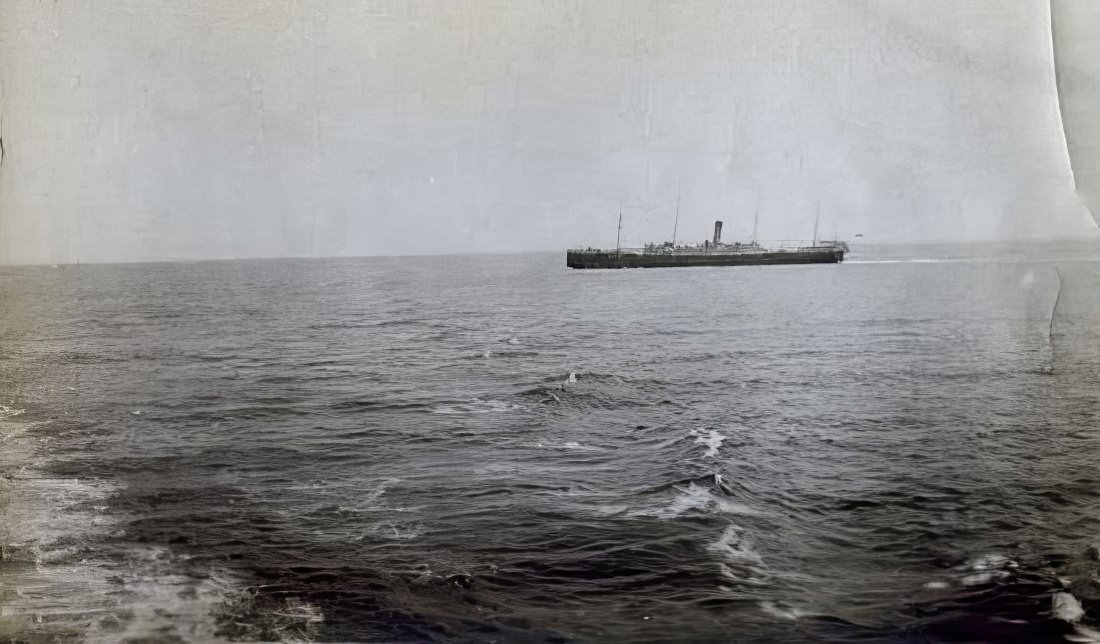
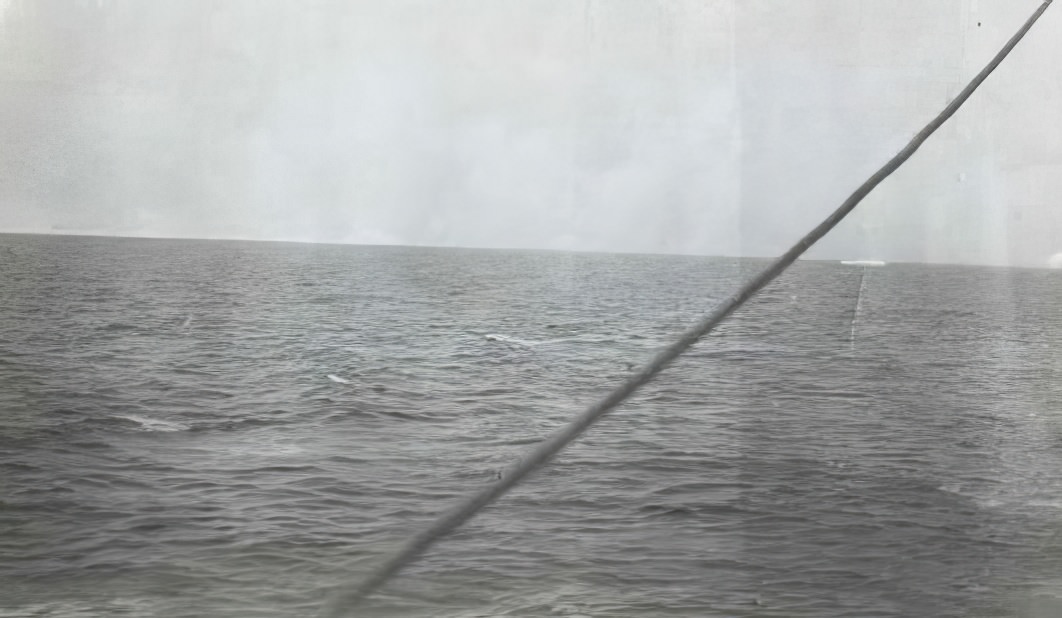
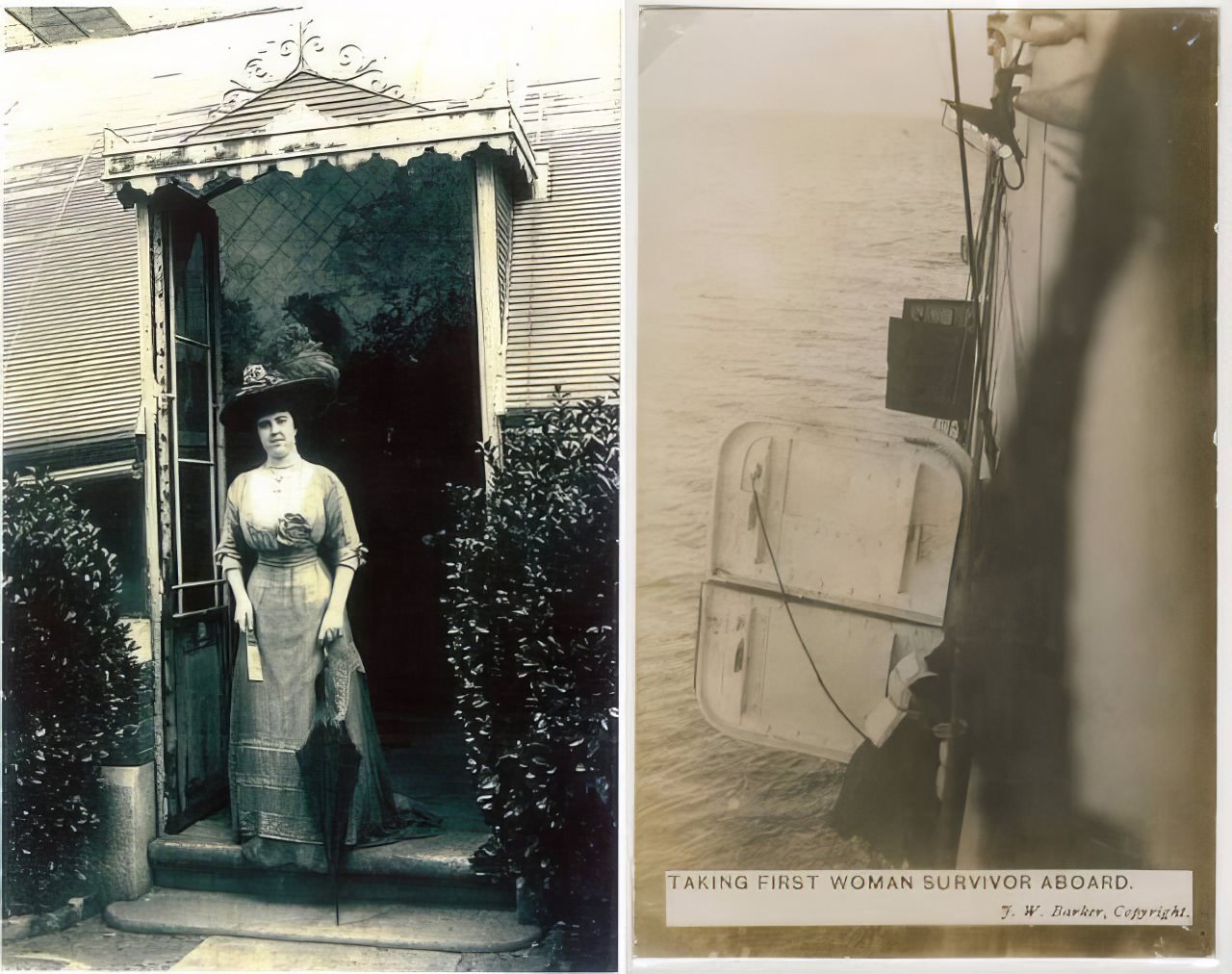
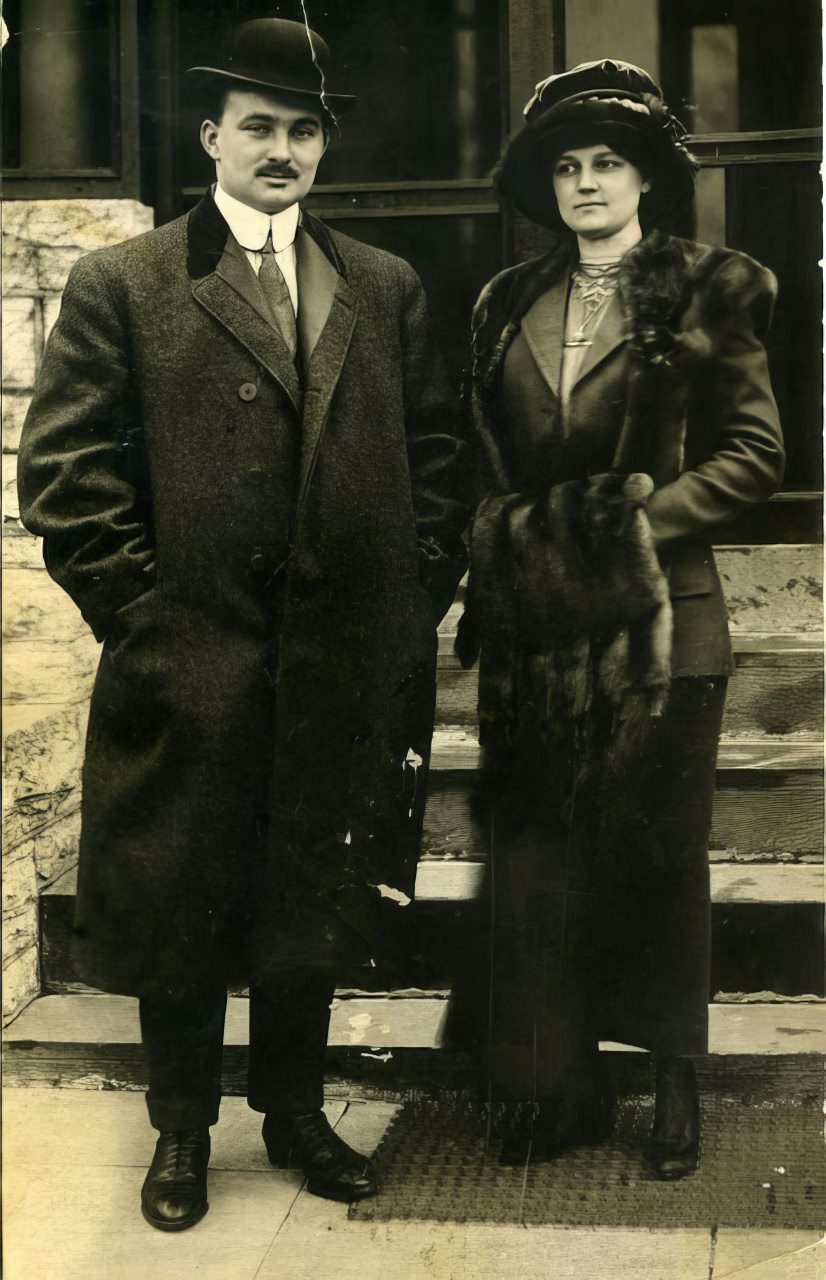
Auction and Historical Significance
After being kept in the possession of the Snyder family for nearly a century, these photographs and letters were auctioned on October 21, 2011, by Philip Weiss Auctions. The items were expected to fetch over $50,000, a testament to their historical value. Collectors and historians alike were eager to acquire these unique pieces of Titanic history, recognizing their importance in understanding the full scope of the disaster.
The Titanic’s Tragic Voyage
The RMS Titanic was the largest and most luxurious ship of its time. It was considered unsinkable, a marvel of modern engineering and design. On its maiden voyage from Southampton to New York City, the ship carried over 2,200 passengers and crew. The passengers included some of the wealthiest people in the world, as well as immigrants seeking a new life in America.
On the night of April 14, 1912, the Titanic struck an iceberg in the North Atlantic Ocean. The collision caused a series of fatal breaches in the ship’s hull, leading to its sinking in the early hours of April 15. Despite the crew’s efforts to send distress signals and deploy lifeboats, the disaster resulted in the loss of over 1,500 lives, making it one of the deadliest maritime disasters in history.
The Aftermath of the Sinking
The immediate aftermath of the Titanic disaster was marked by shock and disbelief. News of the sinking spread quickly, causing widespread mourning and outrage. Survivors were taken to New York aboard the RMS Carpathia, which had responded to the Titanic’s distress calls. The Snyders, along with other survivors, were greeted by crowds of concerned relatives and journalists upon their arrival.
Investigations into the disaster were launched on both sides of the Atlantic. These inquiries aimed to understand how such a tragedy could have occurred and to prevent similar disasters in the future. The findings led to significant changes in maritime safety regulations, including improvements in lifeboat requirements and the establishment of the International Ice Patrol to monitor iceberg dangers.
The auctioning of the Snyder photographs and letters ensures that these important artifacts will be preserved for future generations. Museums, collectors, and historians will have the opportunity to study and display these items, keeping the memory of the Titanic disaster alive. By sharing these photographs with the world, the Snyder family has made a significant contribution to our collective history.


